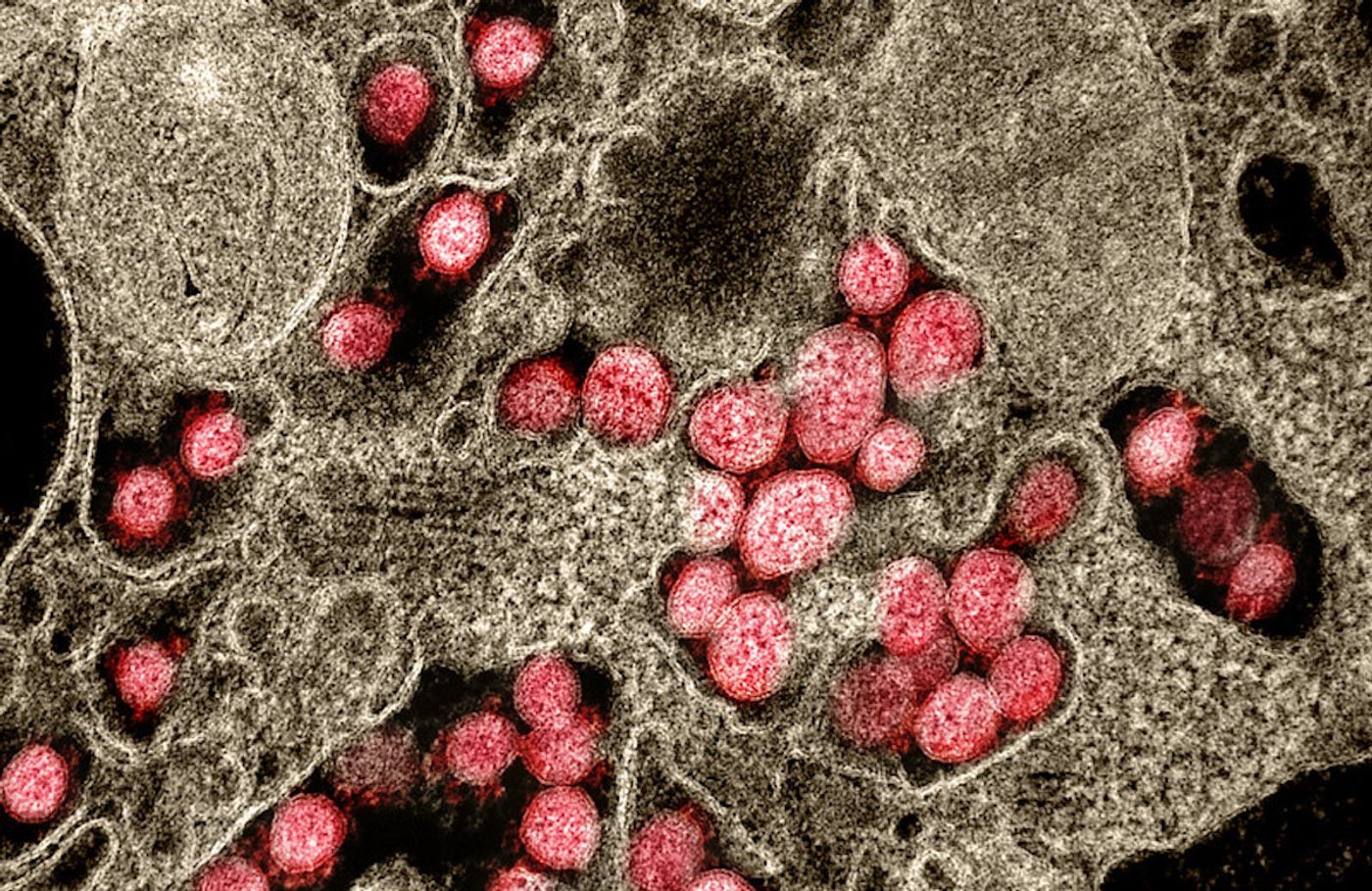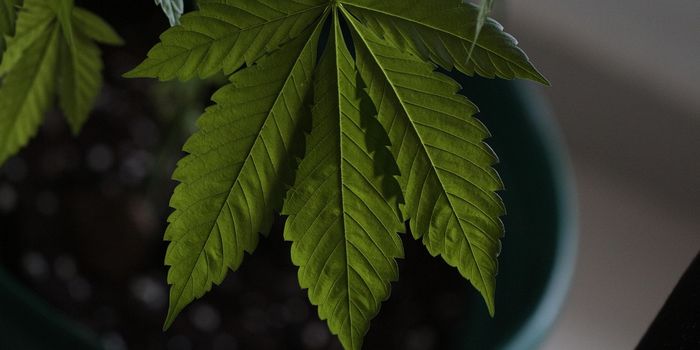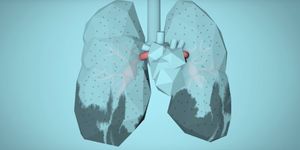Are Ventilators Making Some COVID-19 Patients Worse?
COVID-19 is primarily a respiratory illness; the SARS-CoV-2 virus attacks cells in the lungs and bronchi. Ventilators have been a critical tool for clinicians treating patients with severe cases of the infection. These breathing machines force oxygen into failing lungs. They require deep sedation, however, because a tube has to be inserted deep into a person's throat. Death has been common in COVID-19 patients that are on ventilators. While that is not necessarily unusual for people who need ventilators, doctors are learning more about treating COVID-19, and some have begun to wonder if the machines are doing more harm than good in certain people.
About 45 percent of patients that require a ventilator for any respiratory distress will die while on the machine. However, that increases to 80 percent when only COVID-19 patients are considered. These higher-than-typical death rates have also been observed in the United Kingdom and in Wuhan, China, where 66 and 86 percent of COVID-19 patients on ventilators died, respectively.
These outcomes may have to do with the preexisting health conditions in COVID-19 patients, or with the severity of their infections. But it's also possible that the ventilators are making some patients worse, possibly by triggering an immune reaction that exacerbates their condition. While this is still mere speculation, ventilators are known to cause damage to some people's lungs over time.
“We know that mechanical ventilation is not benign,” commented Dr. Eddy Fan, an expert on respiratory treatment at Toronto General Hospital to the Associated Press (AP). “One of the most important findings in the last few decades is that medical ventilation can worsen lung injury, so we have to be careful how we use it.”
While risks can be limited by controlling the pressure and breath size that the machines deliver, some doctors are trying alternatives. One option is to position the patient differently, including having them lie facedown in an attempt to improve aeration in various parts of the lungs. Another option is delivering oxygen through a nose tube or using nitric oxide to improve blood flow to parts of the lungs that aren't damaged.
“If we’re able to make them better without intubating them, they are more likely to have a better outcome — we think,” Dr. Joseph Habboushe, an emergency medicine doctor who works in Manhattan hospitals told AP.
COVID-19 patients also stay on ventilators longer than patients with bacterial pneumonia typically would; pneumonia patients usually need about a day or two on a ventilator compared to the ten or fifteen days seen in some COVID-19 patients. This lengthy period has contributed to concerns that not enough ventilators will be available when and where they're needed, a problem that has been highlighted in many ways in recent days.
While the illness is not life-threatening and may even be mild for some people, many older adults will have serious health problems if they become infected. If a person has underlying health conditions, it also increases the chance that their infection will be more serious. These patients may have chest pain and serious trouble breathing, accompanied by inflammation in the lungs. If so, a condition called acute respiratory distress syndrome may arise, and a ventilator may become necessary.
“The ventilator is not therapeutic. It’s a supportive measure while we wait for the patient’s body to recover,” Dr. Roger Alvarez, a lung specialist with the University of Miami Health System in Florida told AP.









